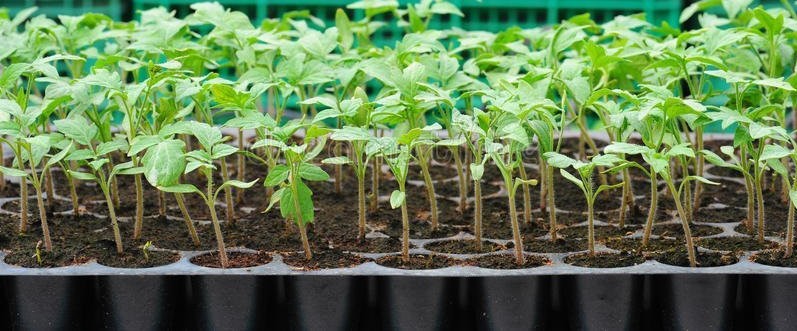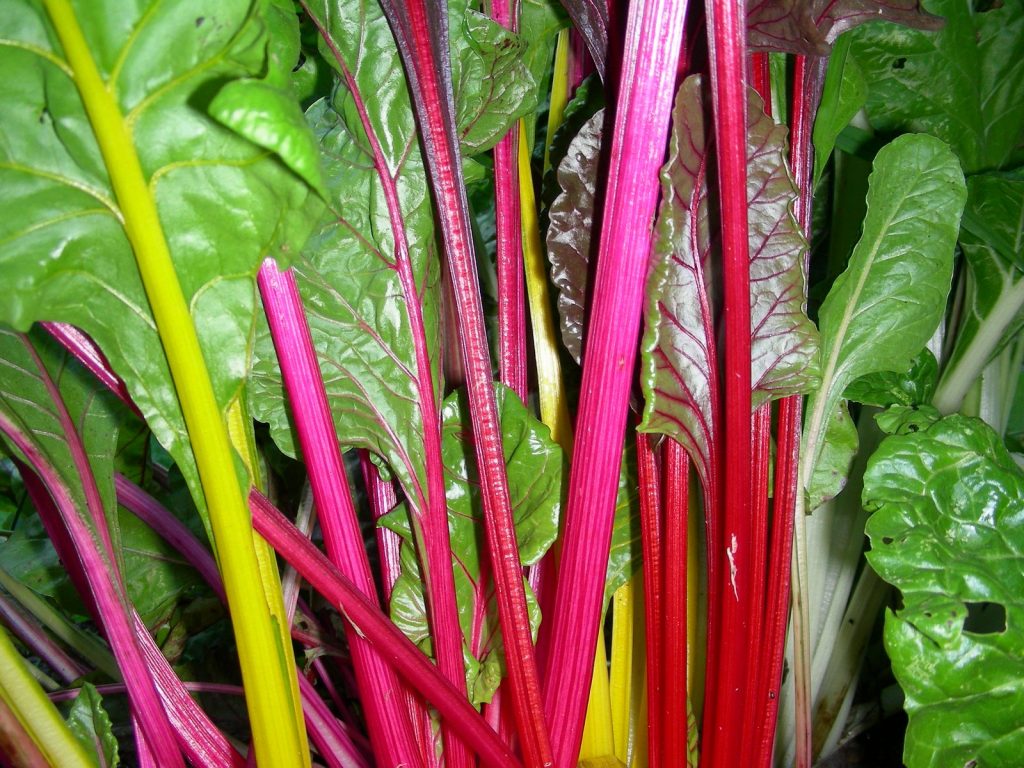March has arrived at last. It is particularly welcome as February was very cold and the snow showers seemed endless. The weather is at last warming up and the light levels are rising.
What to sow

Chillies, peppers, aubergine, cucumber, celery, globe artichoke and tomatoes can be sown on a sunny windowsill or germinated in a propagator and then moved to the windowsill.
Begin a few salad leaves inside on a sunny windowsill to be planted out in April.
Towards the end of the month, if the weather in March is good, broad beans can be sown outside. Also make a first sowing of beetroot as it will happily germinate at low temperatures.

Swiss chard is a very pretty crop and can also be sown outside in March, happy in both partial shade and sun.
Rotating the vegetable beds.
Every year I keep a record of where each vegetable was grown so that the following year the crops are rotated to prevent a build- up of pests and diseases. It is important not to grow the same type of vegetable in the same place for 2 years.
There are 3 main categories of vegetable:
Group 1: Roots. This includes beetroot, carrots, kohl rabi, potatoes, turnips, swedes and celeriac.
Group 2: Legumes. Leeks, lettuces, beans, peas, leeks, onions, shallots and radish.
Group 3: Brassicas. Cabbage, cauliflower, brussels sprouts, broccoli, kale and spinach. This group appreciates a sprinkling of garden lime to the beds in winter to lower the acidity. Plants cannot get the nutrients they need from the soil if it is too acidic and it helps prevent diseases like club root. If you have not yet limed where brassicas will be sown it is not too late but the sooner the better.
Perennial veg, like asparagus, globe artichokes and rhubarb, does not need to be rotated. They can stay in the same bed for many years.